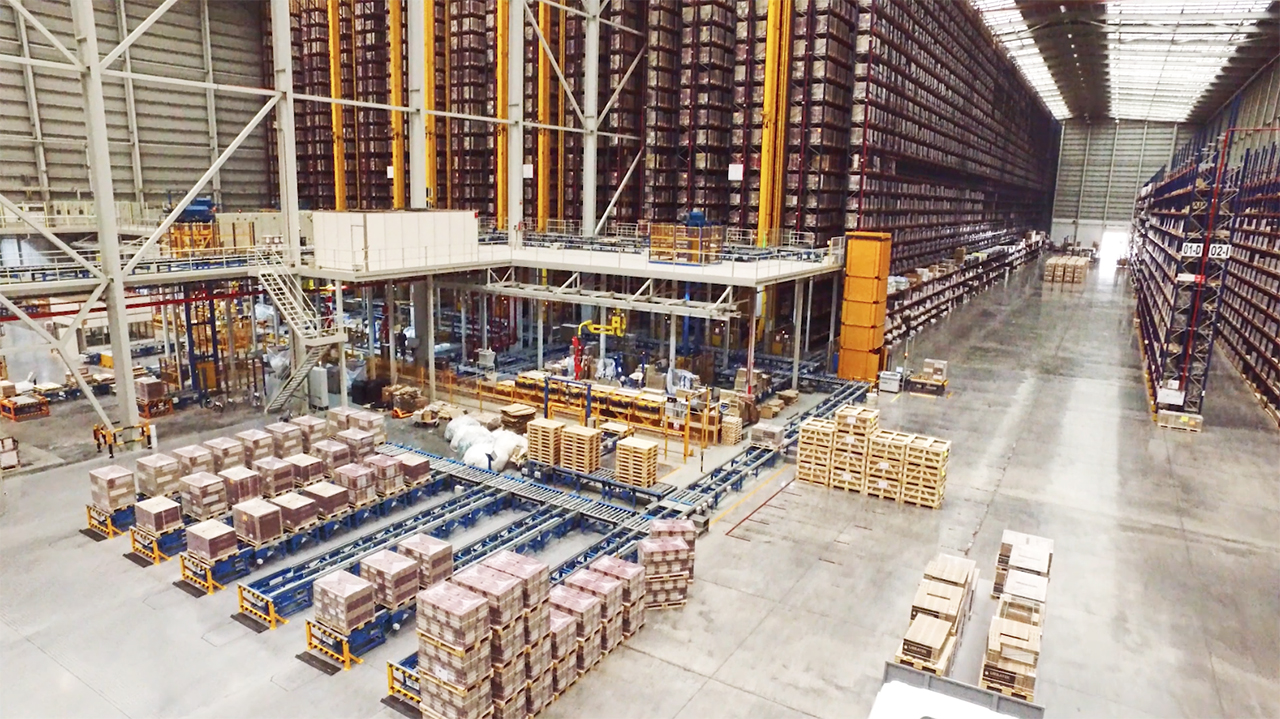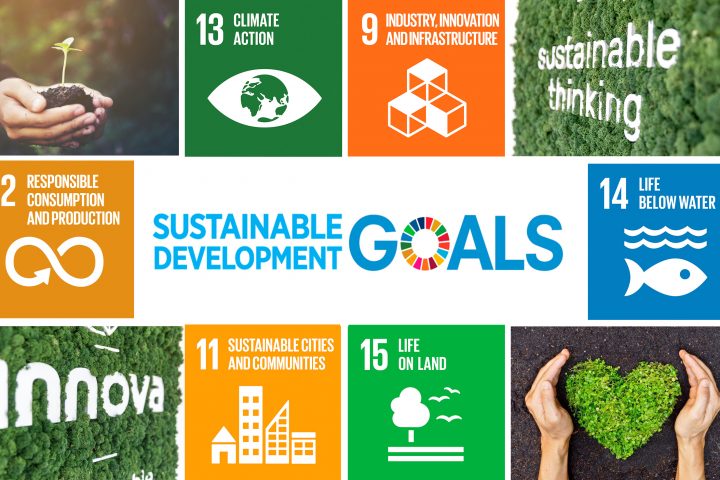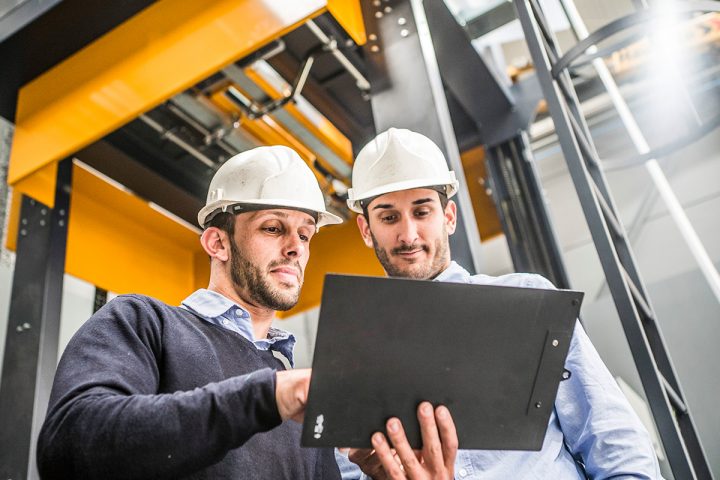Key logistics challenges for 2020: automation, speed of deliveries and sustainability
2020 is the beginning of a new decade full of challenges and opportunities for all types of industries. Many experts agree that the next few years are going to be more technological and connected than ever before, more focused on the consumer and on offering them added value, but above all more responsible with our planet. In today’s article we review and outline the most important trends and challenges of 2020 for the logistics division of many manufacturing companies.
According to the Zebra Technologies Corporation’s “Warehouse 2024” study, A multinational company specialized in warehouse software, logistics strategies for the coming years include the modernization and automation of logistics and distribution centers to meet the current growth of the economy on demand. We are facing a more connected and demanding consumer who demands faster delivery and higher levels of service, added value and sustainable responsibility. Therefore, investment and implementation of new technologies in the logistics area will be essential to remain competitive in this on-demand economy.
5 logistical trends and challenges for 2020 to be considered in your factory
1. Warehouse automation and adoption of new technologies
71% of factory managers, surveyed by Zebra in the above-mentioned study, plan to further automate their logistics centre or warehouse between 2020 and 2024. In that regard, there is a need to use automated end-of-line systems, with greater use of robotics and qualified personnel in these new technologies. The use of new technologies in logistics centres is identified as the most expected operational challenge for the next few years by 61% of surveyed managers.
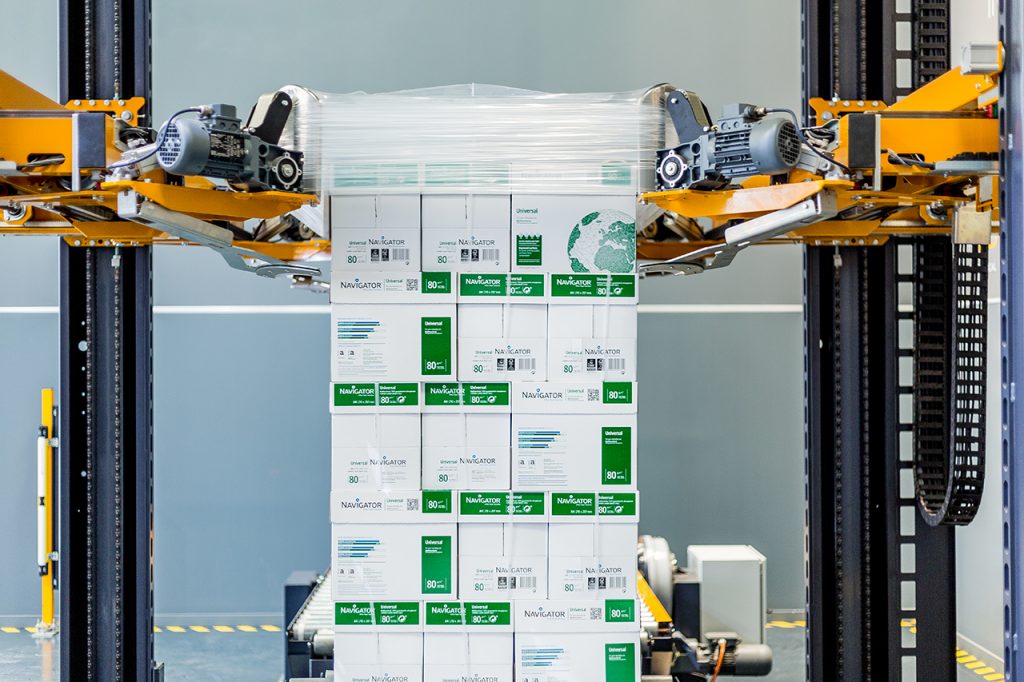
2. Fast delivery and higher service levels
The logistics sector and distribution chains are facing the challenge of ultra-fast deliveries and “last mile” problems. It is no longer enough to have a good product, from the point of view of price/quality, but it is essential to make the delivery when and how the customer wants it.
For manufacturing companies it will be key to have a better integration with their logistic operators demanding them digitalization, traceability and increasingly strict service levels in the supply chain. It is also important to have fully automated end-of-line equipment that lets them respond to these demands for greater speed and better quality in the final packaging of the product.
3. Digital Talent for the Warehouse 4.0
Along with warehouse automation and distribution digitalization, companies will need even more trained teams and digital profiles specialized in new technologies. 60% of companies believe that labor recruitment, efficiency and worker productivity will be their main logistics challenges in 2020.
The logistics profession is becoming more dignified thanks to technological advances, but companies still have a pending issue regarding the attraction and retention of digital logistics talent.
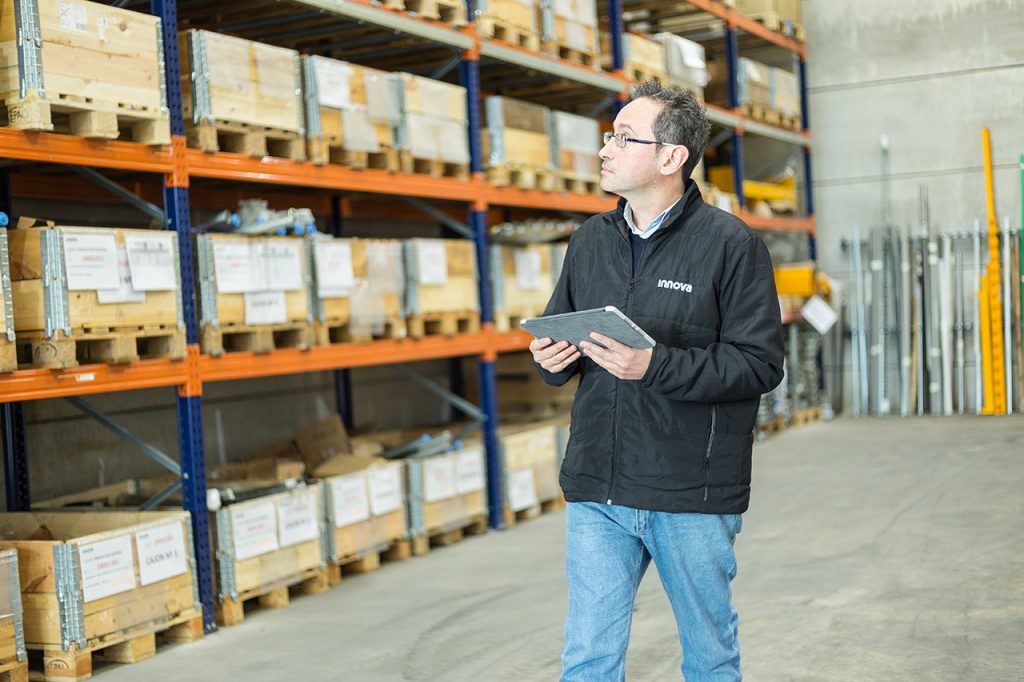
4. Adapting to international trade geopolitics
International geopolitics and trade agreements will be another major challenge for producing and exporting companies. The context of international trade, led by the United States and China, is increasingly demanding for international logistics and transport with endless cargo movements, multiple pallet handling and increasingly strict transport regulations with the producers. The great challenge for companies is to be able to respond to these demands with greater safety and protection of the load when stowing goods.
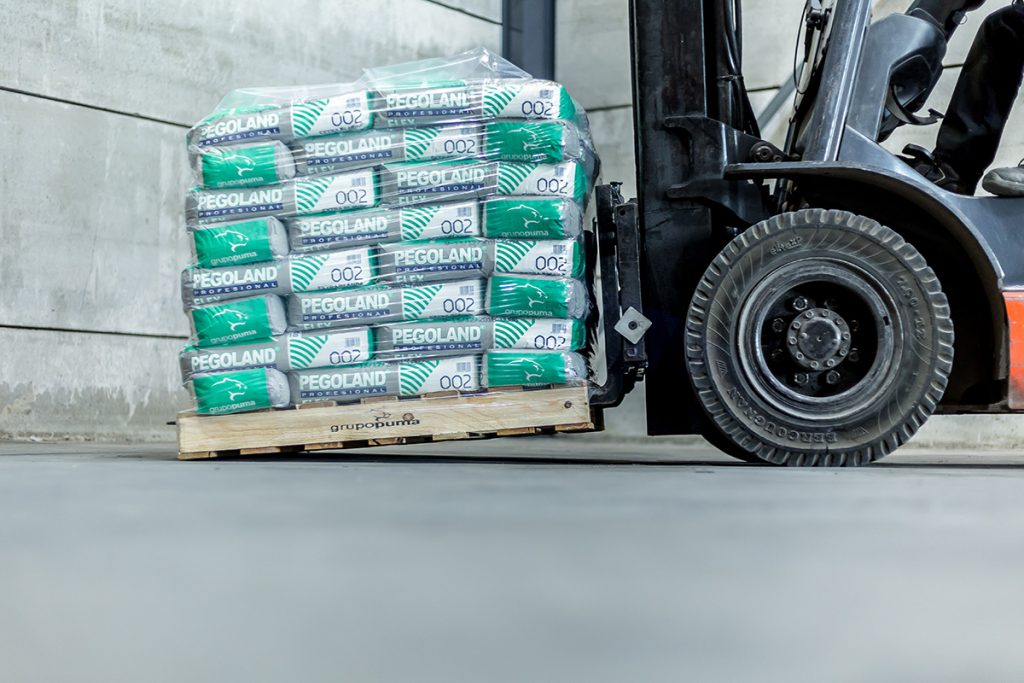
5. Green Logistics and Sustainability
According to a study by the consulting firm Global Web Index, 61% of consumers would be willing to switch brands for sustainability reasons. But not only is there a consumer who is increasingly aware of sustainability, but the logistics chain itself is already aware that this is the way forward.
In fact, according to the European Environment Agency, in Spain, logistics activity is responsible for 25% of CO2 emissions, a somewhat alarming figure since since 1990 emissions from the logistics chain have doubled.
The objective of Green Logistics does not only come from consumer demand, but also from governments and industries that are already working to reduce their emissions. In the Paris Agreement, 200 countries committed themselves to achieve the decarbonisation of freight transport by 2050.
The future of the logistics sector will lie in adopting more environmentally friendly transport alternatives, designing more efficient logistics chains and opting for more sustainable packaging materials. From primary packaging to final pallet packaging, every piece of grain is important in reducing emissions.
The technological key to meet the challenges
All the trends and challenges for the next decade will be driven by the ability of companies to adapt to them thanks to new technologies. Greater automation of their factories and logistics, the digitization of their logistics chains and the adoption of more sustainable packaging and transport technologies and solutions will be the most decisive factors in the logistics area.
From Innova, as manufacturers and experts in end of line solutions, we offer you advice for the automation and digitalization of your final packaging with more efficient technologies. In this context, the Stretch Hood pallet packaging system is one of the most innovative and sustainable solutions that exist, as it makes a final packaging that fully protects the product, enhances the brand image and reduces the consumption of plastic and CO2 emissions. Contact us without obligation and we will advise you on the best packaging solutions to improve your logistics process.

